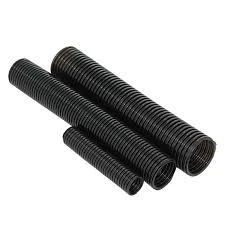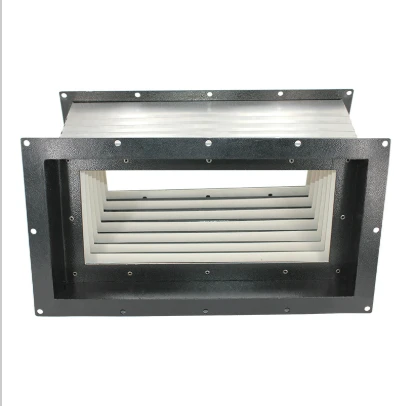small cable track
Understanding Cable Track Systems A Comprehensive Guide to Optimizing Your Equipment Performance

Cable track systems, essential components in modern machinery, serve the critical function of managing and protecting electric and data cables within mechanical devices. These systems enhance the durability and efficiency of equipment by preventing cable wear and tangling. To fully grasp the importance and functionality of cable track systems, let’s delve deeper into their distinct features, benefits, and optimal application strategies.
Cable tracks are typically composed of robust materials such as reinforced steel, high-grade polymers, or a combination of composite structures. Their primary role is to ensure that cables and hoses leading to moving parts in industrial machines can efficiently function without the risk of tangling or damage. For instance, in CNC machines or automated assembly lines, the smooth operation of cable tracks is vital to maintaining uninterrupted productivity.

One significant advantage of cable tracks is their ability to extend the lifespan of cables. By securely guiding cables in predefined paths, these tracks prevent excessive bending, twisting, and abrasion, which are common causes of cable failure. This contribution to cable longevity not only lowers maintenance costs but also reduces machine downtime, thus enhancing overall operational efficiency.
When selecting a cable track system, it’s crucial to consider the environmental conditions in which it will operate. Factors such as temperature extremes, exposure to chemicals, or high levels of moisture can significantly impact the performance and durability of the track. For harsh environments, opting for tracks made from high-performance polymers that resist corrosion and tolerate temperature fluctuations is advisable.
cable track
The installation process of cable tracks should be executed with precision to maximize their effectiveness. Proper alignment and tensioning ensure that the cables move smoothly within the tracks, avoiding undue stress. Additionally, it is essential to regularly inspect the cable tracks for signs of wear or damage. Routine maintenance checks help in early identification of potential issues, allowing for timely interventions before they escalate into costly repairs.
Cable track systems are not merely functional components; they also contribute to workplace safety. By organizing cables into neat, protected pathways, these systems reduce the risk of accidents due to tripping or inadvertent contact with moving cables. This organizational benefit extends to improving the aesthetic and ergonomic quality of industrial environments, which can lead to better productivity and employee morale.
In terms of customization, cable track systems can be tailored to meet specific operational needs. This may involve configuring them to accommodate varying sizes and weights of cables or designing them to fit within the spatial constraints of particular machinery. Manufacturers often work closely with clients to ensure the bespoke design of cable tracks aligns perfectly with the requirements of their equipment.
For businesses looking to maximize their return on investment from machinery, integrating quality cable track systems is a prudent step. These devices play a pivotal role in minimizing wear and tear, optimizing machine performance, and enhancing safety. As such, they are indispensable in today’s competitive industrial landscape where efficiency and reliability are paramount.
In conclusion, cable track systems offer a blend of practicality and protection crucial for modern industrial operations. Their ability to prolong cable life, improve machine efficiency, and ensure safety makes them a smart investment. By understanding how to select, install, and maintain cable tracks, businesses can significantly enhance the performance and reliability of their machinery, supporting sustained operational success.








